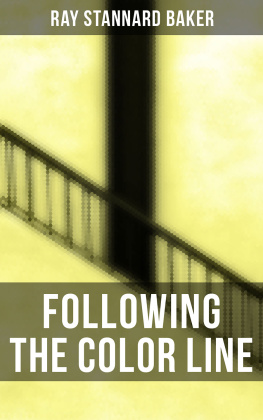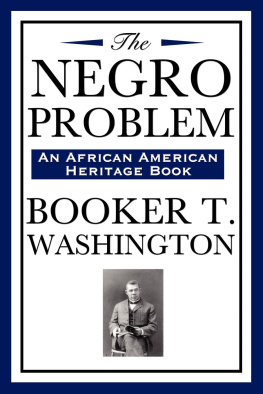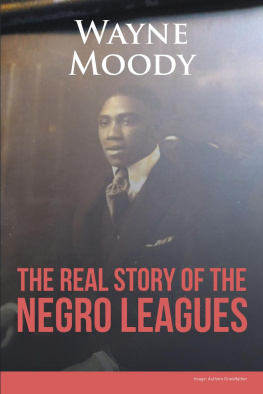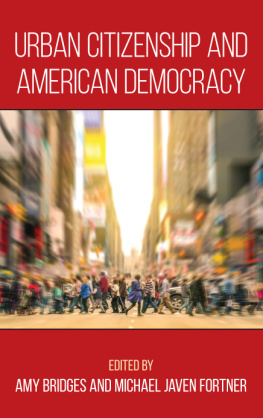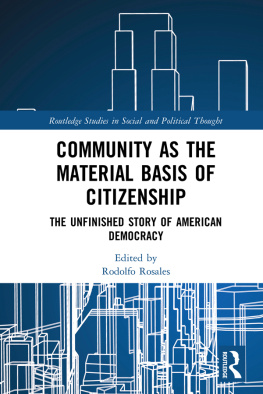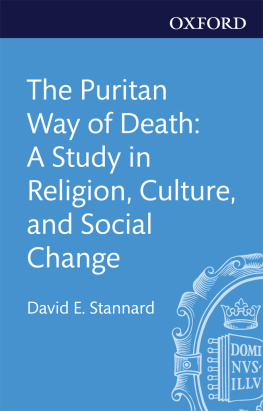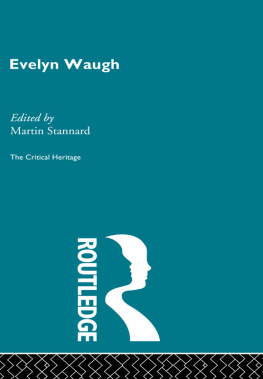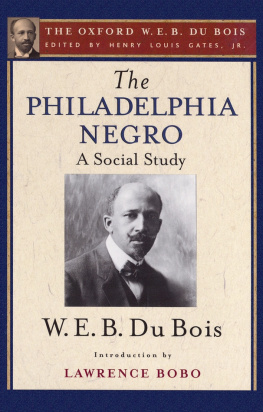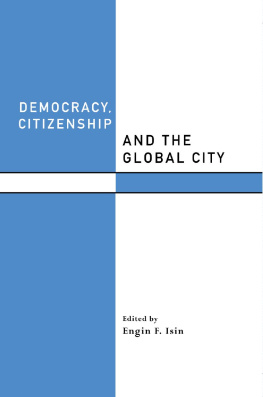PREFACE
My purpose in writing this book has been to make a clear statement of the exact present conditions and relationships of the Negro in American life. I am not vain enough to imagine that I have seen all the truth, nor that I have always placed the proper emphasis upon the facts that I here present. Every investigator necessarily has his personal equation or point of view. The best he can do is to set down the truth as he sees it, without bating a jot or adding a tittle, and this I have done.
I have endeavoured to see every problem, not as a Northerner, nor as a Southerner, but as an American. And I have looked at the Negro, not merely as a menial, as he is commonly regarded in the South, nor as a curiosity, as he is often seen in the North, but as a plain human being, animated with his own hopes, depressed by his own fears, meeting his own problems with failure or success.
I have accepted no statement of fact, however generally made, until I was fully persuaded from my own personal investigation that what I heard was really a fact and not a rumour.
Wherever I have ventured upon conclusions, I claim for them neither infallibility nor originality. They are offered frankly as my own latest and clearest thoughts upon the various subjects discussed. If any man can give me better evidence for the error of my conclusions than I have for the truth of them I am prepared to go with him, and gladly, as far as he can prove his way. And I have offered my conclusions, not in a spirit of controversy, nor in behalf of any party or section of the country, but in the hope that, by inspiring a broader outlook, they may lead, finally, to other conclusions more nearly approximating the truth than mine.
While these chapters were being published in the American Magazine (one chapter, that on lynching, in McClures Magazine) I received many hundreds of letters from all parts of the country. I acknowledge them gratefully. Many of them contained friendly criticisms, suggestions, and corrections, which I have profited by in the revision of the chapters for book publication. Especially have the letters from the South, describing local conditions and expressing local points of view, been valuable to me. I wish here, also, to thank the many men and women, South and North, white and coloured, who have given me personal assistance in my inquiries.
CHAPTER I
A RACE RIOT, AND AFTER
Upon the ocean, of antagonism between the white and Negro races in this country, there arises occasionally a wave, stormy in its appearance, but soon subsiding into quietude. Such a wave was the Atlanta riot. Its ominous size, greater by far than the ordinary race disturbances which express themselves in lynchings, alarmed the entire country and awakened in the South a new sense of the dangers which threatened it. A description of that spectacular though superficial disturbance, the disaster incident to its fury, and the remarkable efforts at reconstruction will lead the way naturallyas human nature is best interpreted in moments of passionto a clearer understanding, in future chapters, of the deep and complex race feeling which exists in this country.
On the twenty-second day of September, 1906, Atlanta had become a veritable social tinder-box. For months the relation of the races had been growing more strained. The entire South had been sharply annoyed by a shortage of labour accompanied by high wages and, paradoxically, by an increasing number of idle Negroes. In Atlanta the lower classthe worthless Negrohad been increasing in numbers: it showed itself too evidently among the swarming saloons, dives, and clubs which a complaisant city administration allowed to exist in the very heart of the city. Crime had increased to an alarming extent; an insufficient and ineffective police force seemed unable to cope with it. With a population of 115,000 Atlanta had over 17,000 arrests in 1905; in 1906 the number increased to 21,602. Atlanta had many more arrests than New Orleans with nearly three times the population and twice as many Negroes; and almost four times as many as Milwaukee, Wisconsin, a city nearly three times as large. Race feeling had been sharpened through a long and bitter political campaign, Negro disfranchisement being one of the chief issues under discussion. An inflammatory play called The Clansman, though forbidden by public sentiment in many Southern cities, had been given in Atlanta and other places with the effect of increasing the prejudice of both races. Certain newspapers in Atlanta, taking advantage of popular feeling, kept the race issue constantly agitated, emphasising Negro crimes with startling headlines. One newspaper even recommended the formation of organisations of citizens in imitation of the Ku Klux movement of reconstruction days. In the clamour of this growing agitation, the voice of the right-minded white people and industrious, self-respecting Negroes was almost unheard. A few ministers of both races saw the impending storm and sounded a warningto no effect; and within the week before the riot the citizens, the city administration and the courts all woke up together. There were calls for mass-meetings, the police began to investigate the conditions of the low saloons and dives, the country constabulary was increased in numbers, the grand jury was called to meet in special session on Monday the 24th.
Prosperity and Lawlessness
But the awakening of moral sentiment in the city, unfortunately, came too late. Crime, made more lurid by agitation, had so kindled the fires of hatred that they could not be extinguished by ordinary methods. The best people of Atlanta were like the citizens of prosperous Northern cities, too busy with money-making to pay attention to public affairs. For Atlanta is growing rapidly. Its bank clearings jumped from ninety millions in 1900 to two hundred and twenty-two millions in 1906, its streets are well paved and well lighted, its street-car service is good, its sky-scrapers are comparable with the best in the North. In other words, it was progressivefew cities I know of more sobut it had forgotten its public duties.
Within a few months before the riot there had been a number of crimes of worthless Negroes against white women. Leading Negroes, while not one of them with whom I talked wished to protect any Negro who was really guilty, asserted that the number of these crimes had been greatly exaggerated and that in special instances the details had been over-emphasised because the criminal was black; that they had been used to further inflame race hatred. I had a personal investigation made of every crime against a white woman committed in the few months before and after the riot. Three, charged to white men, attracted comparatively little attention in the newspapers, although one, the offence of a white man named Turnadge, was shocking in its details. Of twelve such charges against Negroes in the six months preceding the riot two were cases of rape, horrible in their details, three were aggravated attempts at rape, three may have been attempts, three were pure cases of fright on the part of the white woman, and in one the white woman, first asserting that a Negro had assaulted her, finally confessed attempted suicide.



